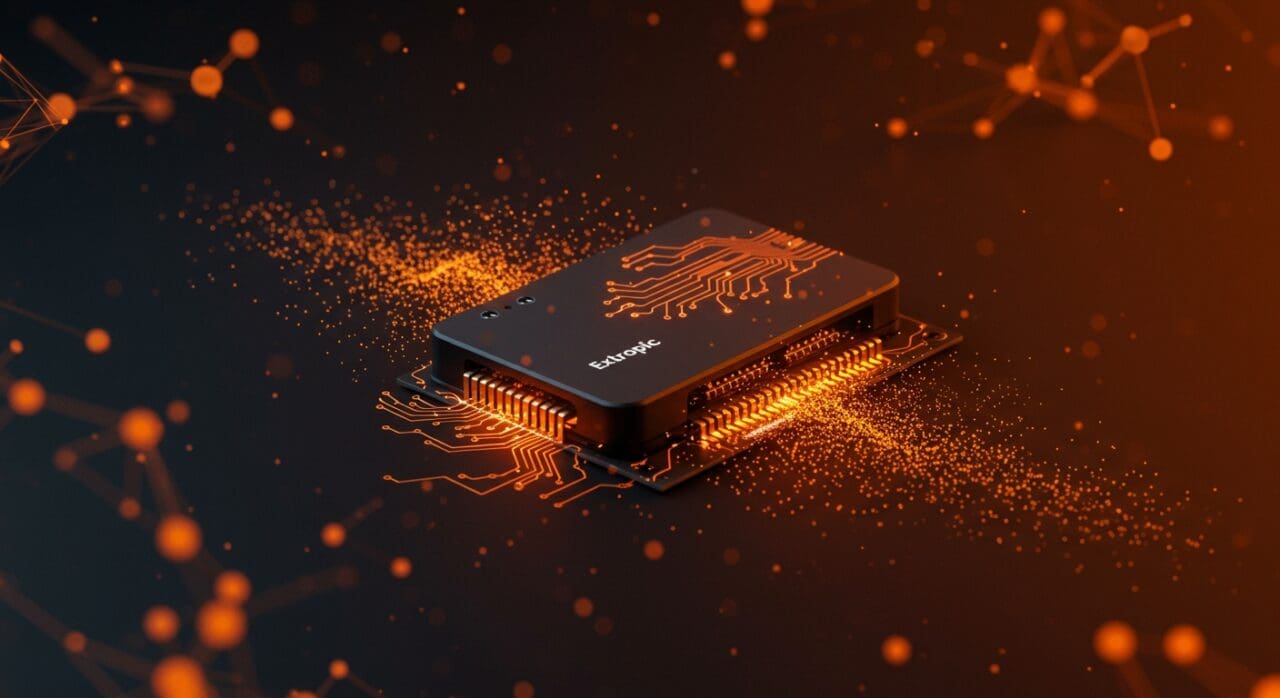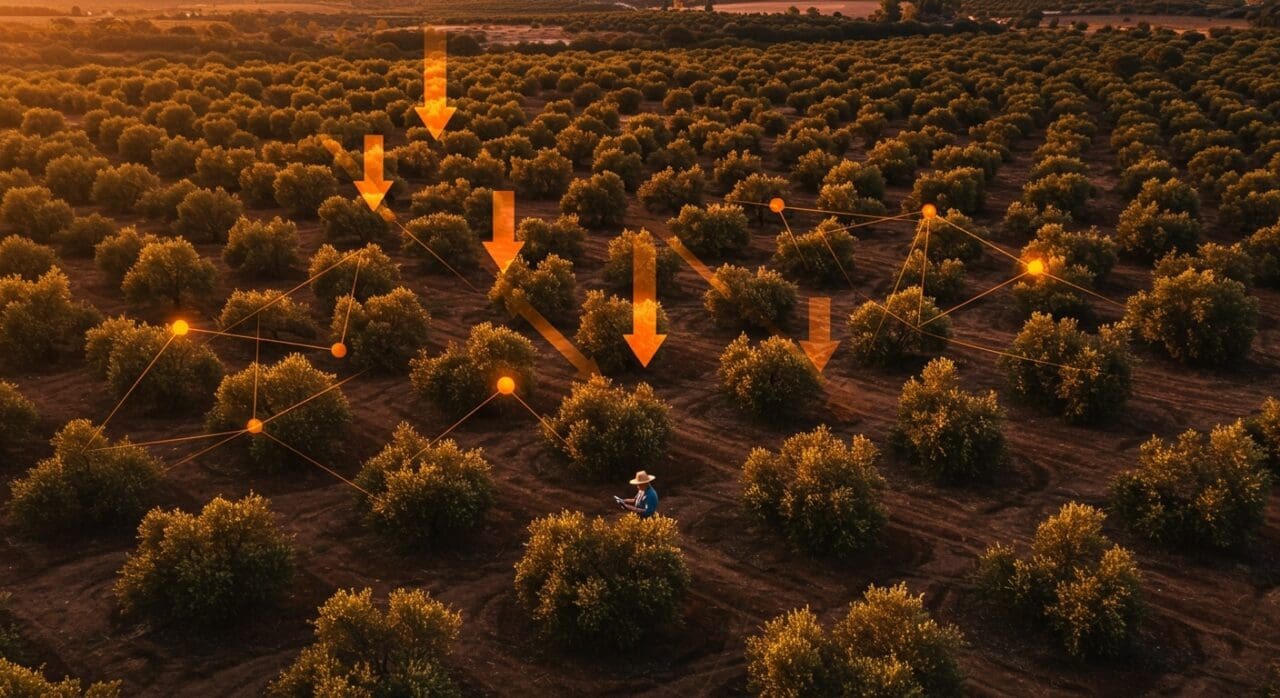Overview of Extropic’s Thermodynamic Computing Hardware
Extropic is developing a full-stack hardware platform designed to harness the natural fluctuations—or “noise”—in matter as a fundamental computational resource for generative AI and related workloads. Their approach, termed thermodynamic computing, marks a radical departure from classical digital processors (CPUs, GPUs, TPUs, FPGAs) by embracing, rather than suppressing, the “jitteriness” of electrons and other microscopic thermal fluctuations.
Core Concepts
– Nature of Computation: Instead of rigidly defined bits (0/1), their devices use probabilistic bits (“p-bits”) that can exist in many in-between states, allowing probabilistic algorithms to run natively and efficiently. These processors are not purely digital nor quantum, but operate in a mesoscale domain, harnessing physical “fluctuation-driven” processes.
– Energy Efficiency: According to Extropic, their hardware platform promises orders of magnitude greater energy efficiency compared to traditional GPU/CPU systems, with practical gains of up to 100x for niche applications and potentially higher in some instances.
Hardware Architecture
The company has developed thermodynamic sampling units (TSUs) that are inherently probabilistic, making them well-suited for probabilistic AI workloads. Their prototype platform, XTR-0, facilitates low-latency communication between Extropic chips and traditional processors, aiming to enable ultrafast AI algorithm development.
Algorithm Development
Extropic offers an open-source Python library for developing and simulating thermodynamic algorithms, allowing broad experimentation within the ecosystem.
Technical Motivation
The AI computing boom is colliding with the end of Moore’s Law, as transistor miniaturization nears atomic-scale physical limits, making digital operations increasingly unreliable and energy-intensive. Extropic’s approach is inspired by biological systems (like the brain) which leverage organized randomness to perform complex computations with minimal energy. By tapping into the stochastic thermodynamics of physical systems, Extropic’s hardware could unlock new scaling laws for computing power, allowing rapid advances in generative AI, probabilistic reasoning, and complex simulations without the brute-force scaling of classical hardware.
Capabilities and Applications
– Generative AI & Pattern Recognition: Extropic’s hardware is particularly well-suited for generative AI and other algorithms that require probabilistic sampling, inference, and uncertainty handling.
– Broader Computational Fields: The technology could also be applied to physics, biology, finance, and chemistry, where uncertainty and randomness are intrinsic.
Current Status and Challenges
Extropic is actively hiring engineers and scientists to continue developing this new paradigm. While the theoretical and practical advantages are significant, the technology is still in its infancy, and major questions remain about scalability, programmability, and integration into existing computing ecosystems. Nonetheless, a prototype is already being tested, and early open-source tools are available for algorithm development.
Conclusión
Extropic está liderando una nueva categoría de hardware computacional que aprovecha las fluctuaciones termodinámicas para el procesamiento de IA probabilístico, energéticamente eficiente y altamente escalable. Mientras que la tecnología aún está en sus etapas iniciales, representa una alternativa potencialmente transformadora a medida que la computación digital enfrenta límites físicos fundamentales, especialmente en la era de expansión de la IA.
Descubre cómo otros founders implementan estas soluciones en nuestra comunidad
Fuentes
- https://extropic.ai/ (fuente original)
- https://www.extropic.ai/future
- https://cacm.acm.org/news/thermodynamic-computing-becomes-cool/
- https://e1ventures.substack.com/p/portfolio-extropics-thermodynamic
- https://www.youtube.com/watch?v=OwDWOtFNsKQ
- https://www.zach.be/p/whats-the-difference-between-extropic
- https://firstprinciples.fm/episodes/3-extropic-why-thermodynamic-computing-is-the-future-of-ai-public-debut/transcript

















